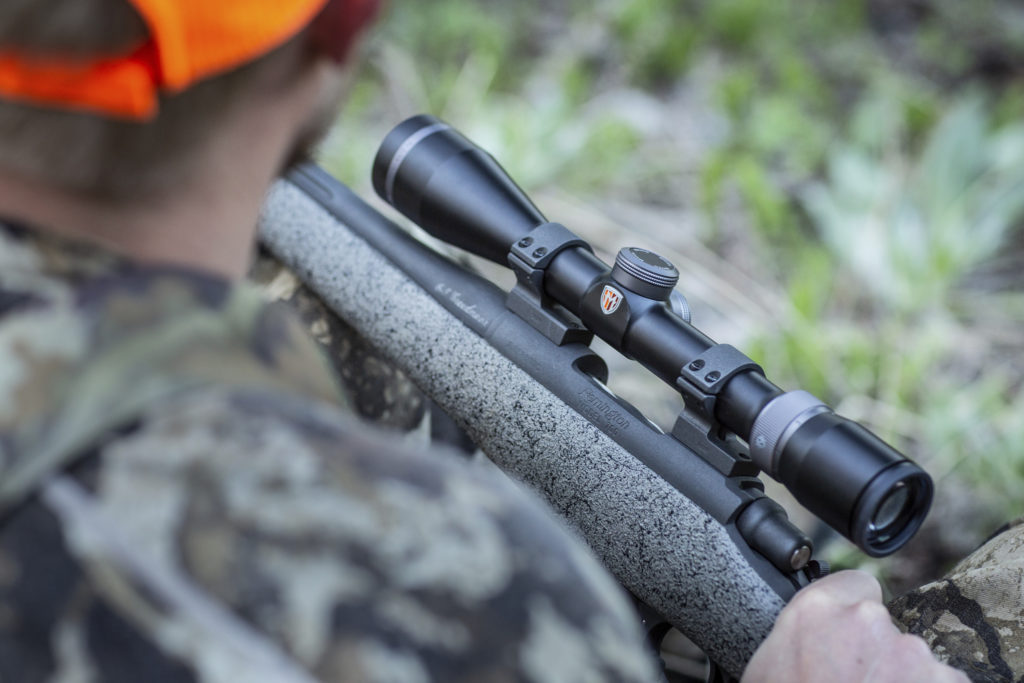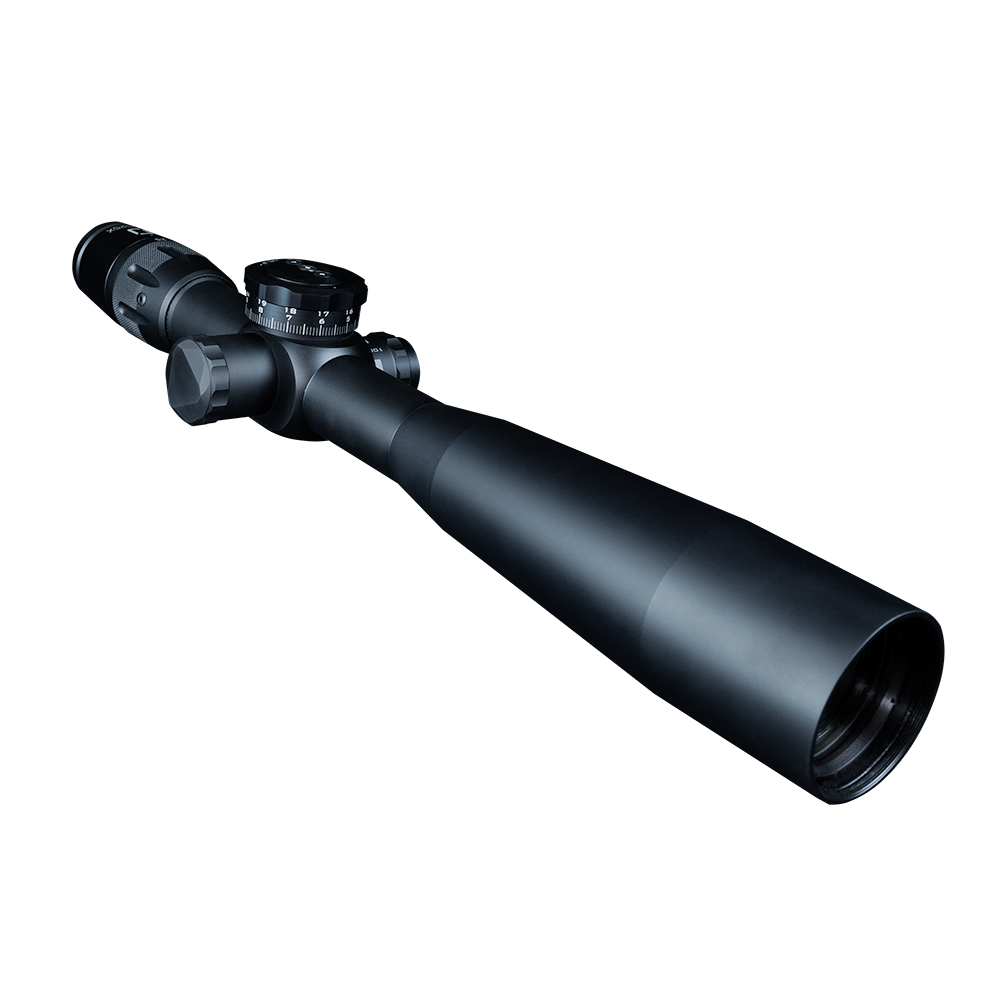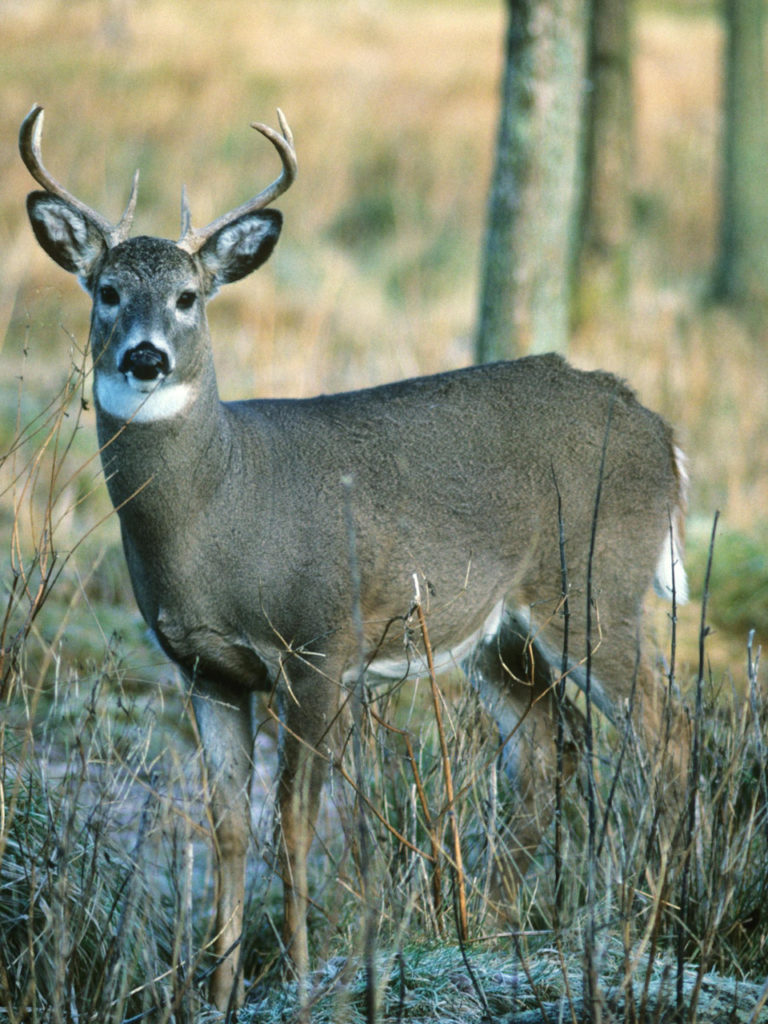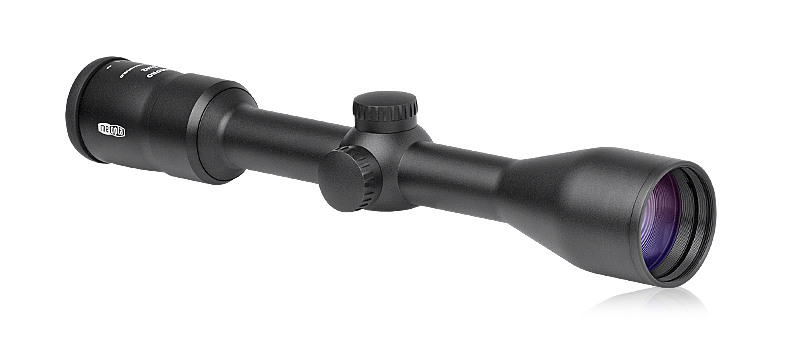No, I’m not talking about a truck. I mean the weapons system you use to take game. With the caveat that most of what I’m going to describe here is based on my mostly east coast hunting experiences, down the rabbit hole we go. . . .
Why didn’t I say gun instead of weapons system? Well, that’s less complex than it seems. The gun is only part of the overall system you’ll be using. The entire system includes the gun, any optics you may use, the ammunition and any other accessories you might choose.
When I say hunting, I’m primarily referring to big game hunting; deer, bear, antelope, elk and the like. That said, a lot of the information to follow can be applied to small game and even bird hunting.
Let’s start with the gun. The first thing to think about is whether or not a particular type of firearm is legal in the area you plan on hunting. Some states, especially on the east coast, are shotgun only for deer. Others only allow straight walled cartridges. Some states don’t allow semi auto firearms. Most states have caliber restrictions, ie: .22 caliber or larger here in NY.

Once you’ve determined what’s appropriate legally, it’s time to pick out a suitable gun. You may have a preference for turnbolts, lever guns, pumps or autoloaders. The action, as long as it’s acceptable legally doesn’t make much difference. Bolt guns have a reputation for being more accurate, and that’s true to a point. But the fact is, any rifle produced since WWII is more than capable of shooting minute of meat.
The next thing to look into is caliber. I’m not going to make any recommendations about that other than to say be sure the round you choose is appropriate for the game you’re hunting. While the .243 win is a fine round for eastern whitetails, it’s wholly inappropriate for elk, moose or any of the bears in north america.
While we’re on the subject of caliber, there are a couple of other things to keep in mind. If you’re generally taking shots at less than 300 yards, there’s little need for any of the magnums. The only thing you’ll get from shooting a .300 winmag at a 150 pound deer at 150 yards is a sore shoulder. I promise you, it won’t kill a deer any more dead than a lighter recoiling round.
You also need to keep ammo availability in mind. I mean if things ever get back to normal. My local suppliers don’t have much in the way of common rounds, never mind the more obscure loadings. As it is the manufacturers can’t keep up with the common stuff, and a limited run of .300 loudenboomen just isn’t in the cards.
As far as sighting systems go, I could write an entire book. However, here I’m just going say a couple of things. First, don’t cheap out. I’m not saying that any optic less than $500 is junk, or that you need to drop $3500 on the latest Nightforce or US Optics scope. What I am saying is that you should stay away from bargain brands like Barska or Tasco. Not only are they likely to blow apart or fog up at an inopportune moment, the glass just isn’t that clear. Take a look at the mid-priced Vortex, Meopta or Leupold scopes. They’re well made, clear and dependable. Vortex has the added advantage of a no-questions-asked lifetime warranty.

$3,449.00
Next, don’t buy too much scope. There’s no reason to buy a 6.5-24×55 scope when your longest shot is 125 yards. To be honest, there’s no reason to put that kind of scope on 90% of hunting rigs. Those types of scope are best for the range, Prairie dog fields and on specialized “bean field” or “Sendero” rifles where extreme long range shots are the norm. A 3-9×40 will serve for 99% of hunters in 99% of hunting situation.
Don’t sleep on low magnification fixed and variable scopes or red dots. Both have their place, and both are extremely fast for target aquisition.
Oh, and one more thing. If you do have a variable power scope on your rig, keep it set at the lowest power. That way when that buck or hog crosses in front of you at 30 yards, you’ll actually be able to see it. The field of view on a scope gets geometrically smaller as the power is cranked up. If you need to turn up the power for a long range shot, you’ll have the time to do so.

Related: Let’s Get Ready to Hunt

Now on to my favorite rig. A couple of years ago, I got a fantastic deal on a Tikka T-3 Hunter in 7mm-08 from a gun shop that was going out of business. I think I paid $350 for it. Since then, it’s become my go-to rig for hunting deer and black bear here in NY. It’s currently wearing a Meopta MeoPro 6×42 fixed power scope.

I find the 7mm-08 cartridge does the job on everything I can hunt here in NY, and wouldn’t hesitate to change the scope and take it west for mule deer and antelope. I think it’s just a tad too light for Elk and moose, but I know guys who hunt both with that caliber. My pet handload for that caliber is a 150 grain Nosler Partition at 2800fps.
So, what’s your hunting rig look like? Did I miss anything? Something you’d do differently? Let us know in the comments below.